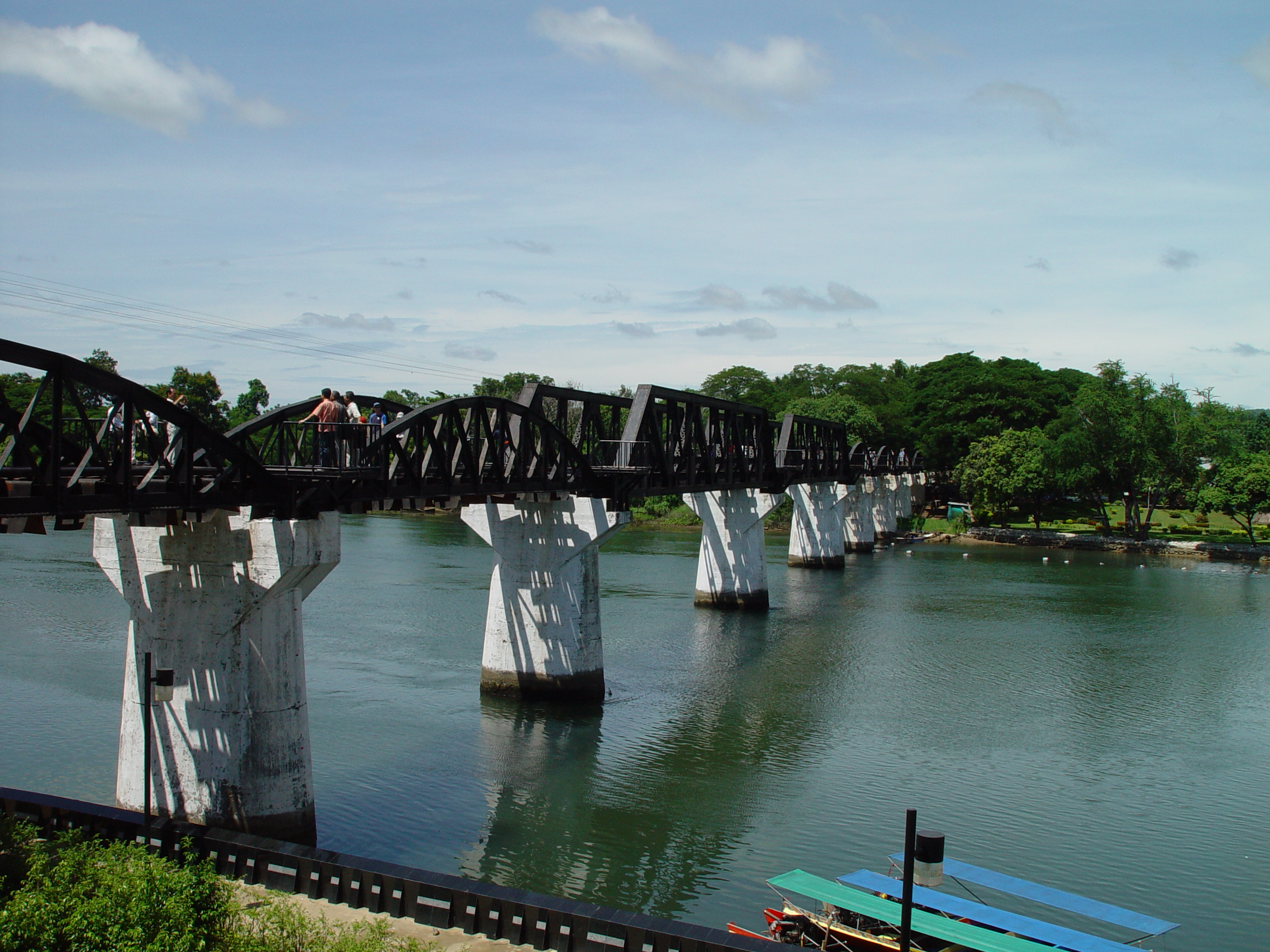 The Bridge at Remagen is a war film released in 1969, directed by John Guillermin and starring George Segal, Ben Gazzara and Robert Vaughn. The film is based on the book by Ken Hechler, adapted for screen by Richard Yates and William Roberts, which describes the real life events surrounding the capture of the Ludendorff Bridge at Remagen on March 7, 1945 by the U.S. 9th Armored Division.
The Bridge at Remagen is a war film released in 1969, directed by John Guillermin and starring George Segal, Ben Gazzara and Robert Vaughn. The film is based on the book by Ken Hechler, adapted for screen by Richard Yates and William Roberts, which describes the real life events surrounding the capture of the Ludendorff Bridge at Remagen on March 7, 1945 by the U.S. 9th Armored Division.Actual Story: Its capture allowed American units to form a bridgehead on the right bank of the Rhine in advance of the main Allied crossings. The psychological impact of losing the bridge had a devastating impact on German morale. Five officers were court-martialled, four of whom were executed on Hitler's personal orders. Eisenhower, meantime, claimed the capture of the bridge was 'worth its weight in gold.'Due to the weakening of the steel structure, the bridge collapsed on 17th March 1945, killing twenty-eight American soldiers. Pontoon bridges had already been built alongside so the loss of the bridge had relatively little impact. It was never rebuilt. MORE »
A Bridge Too Far is a 1977 epic war film based on the 1974 book of the same name by Cornelius Ryan, adapted by William Goldman. It was produced by Joseph E. Levine and Richard P. Levine and directed by Richard Attenborough.
The film tells the story of Operation Market-Garden, and its ultimate failure, the Allied attempt to break through German lines and seize several bridges, with the main objective the bridge over the Lower Rhine (Neder Rijn) River, in the occupied Netherlands during World War II. The name for the film comes from a comment made by British Lieutenant-General Frederick A.M. Browning, deputy commander of the First Allied Airborne Army, who told Field Marshal Bernard Montgomery before the operation, "I think we may be going a bridge too far."
The ensemble cast includes Dirk Bogarde, James Caan, Michael Caine, Sean Connery, Denholm Elliott, Elliott Gould, Edward Fox, Gene Hackman, Anthony Hopkins, Jeremy Kemp, Laurence Olivier, Robert Redford, Liv Ullmann, Maximilian Schell, Hardy Krüger and Ryan O'Neal. The music for the film was scored by John Addison, who was a soldier with the British XXX Corps during Operation Market Garden.The Real Bridge across the Rhine at Arnhem
The ultimate 'Boys Own' adventure as portrayed in 'A Bridge Too Far', the real Operation Market Garden was a disaster for the Allies. The main objective, to secure a series of bridges across the Rhine in advance of a major armoured offensive into Germany, was initially successful with the capture of the bridges at Waal and Nijmegen. It was at Arnhem, however, that things went badly wrong. In a week of bitter street fighting between 17th - 25th September 1944, British forces suffered over 11,000 casualties and a further 6,000 taken prisoner from a force of 35,000. German losses were comparatively light.MORE »
The Bridge on the River Kwai is a British 1957 World War II film by David Lean; based on the novel The Bridge over the River Kwai by French writer Pierre Boulle. The film is a work of fiction but borrows the construction of the Burma Railway in 1942-43 for its historical setting. It stars Alec Guinness, Sessue Hayakawa, Jack Hawkins and William Holden.
The largely fictitious film plot is based on the building in 1943 of one of the railway bridges over the Mae Klong—renamed Khwae Yai in the 1960s—at a place called Tha Ma Kham, five kilometers from the Thai town of Kanchanaburi. This was part of a project to link existing Thai and Burmese railway lines to create a route from Bangkok, Thailand, to Rangoon, Burma, to support the Japanese occupation of Burma. About a hundred thousand conscripted Asian labourers and 12,000 prisoners of war died on the whole project. MORE »
The largely fictitious film plot is based on the building in 1943 of one of the railway bridges over the Mae Klong—renamed Khwae Yai in the 1960s—at a place called Tha Ma Kham, five kilometers from the Thai town of Kanchanaburi. This was part of a project to link existing Thai and Burmese railway lines to create a route from Bangkok, Thailand, to Rangoon, Burma, to support the Japanese occupation of Burma. About a hundred thousand conscripted Asian labourers and 12,000 prisoners of war died on the whole project. MORE »
The Bridges at Toko-Ri is a 1954 film based on a novel by James Michener about a naval aviator assigned to bomb a group of heavily defended bridges during the Korean War. It was made into a motion picture by Paramount Pictures and won the Special Effects Oscar at the 28th Academy Awards. It follows the book of the same title emphasizing the lives of the pilots and crew in the context of a war that seems remote to all except those who fight in it. The goal of the mission is set above everything else and the heroes perish as victims of fate. The novel and film are a composite of actual missions flown against bridges at Majon-ni and Changnim-Ni, North Korea, in the winter of 1951–1952, when Michener was a correspondent aboard the aircraft carriers Essex and Valley Forge, and with a pair of rescue missions on February 8, 1952, one of which involved the shoot-down of a plane off the Valley Forge. However, in the rescue incident referenced the downed airmen survived the crash and rescue attempt but were captured by North Korean soldiers. (At the time Michener believed the men to have been killed.)












No comments:
Post a Comment
TCManiacs appreciate your feedback! Follow us @TCManiacs